There are so many charms that make it easy to get around! Short trip to explore Kuwana City Station -Part 2-

Introducing a short trip to explore around Kuwana Station in Kuwana City, Mie Prefecture on a rental bicycle! -Part 2-
Part 2 starts!
Kuwana City, Mie Prefecture is located in the northernmost area of Mie Prefecture, and is immediately adjacent to Aichi Prefecture and Gifu Prefecture.
When you think of sightseeing in Kuwana City, you probably come by car to Nagashima Spa Land with your family and friends.
After spending the day sightseeing at an amusement park or hot spring, why not stay overnight at an inn in the city and take a short trip to the facilities in front of Kuwana Station on a rental bicycle before returning the next day? This article is the second part.
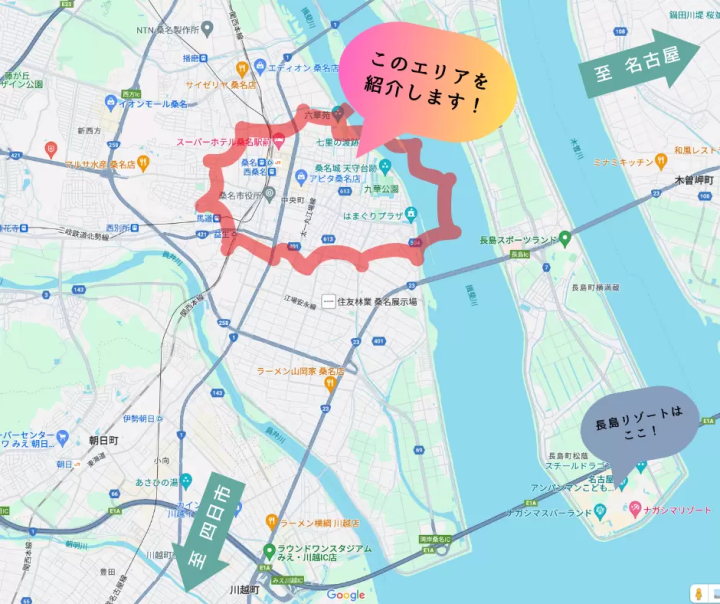
Introducing the entire model course
When you arrive at Kuwana Station, first rent a bicycle at the Kuwana City Tourism Association. Go by bike!
*At the time of reporting for this article (October 2023), rental bicycles called ""Charichari"" were being set up in front of the station and various locations around the city for a one-week social experiment in conjunction with the Kuwana Jidai Festival, so there were many people using "Charichari". I did it! There are always bicycles available for rent at the tourist association, so please feel free to use them.
*We also visited some facilities as part of a demonstration experiment with Mayor Kuwana.
The model course looks like this. The theme was "quick" and "feel history".
- ① Start in front of the station and walk around while talking with locals at Teramachi Shopping Street
- ② Visit Kuwana Shrine (Kuwana Shrine/Nakatomi Shrine)
- ③Look at the Honda Tadakatsu statue at Kakinyasu Community Park
- ④Feel Kuwana Castle at Kyuka Park
- ⑤Eating at Hamaguri Plaza
That's all for the first part.The second part will be introduced here.
- ⑥Learn about the history of war at Kaizuka Park
- ⑦ Go to Shichiri-no-Watari and think about the Tokaido
- ⑧At Rokkaen, we will take a look at the interaction between Britain and Japan in a different way.
- ⑨"Ice Manju" break at Sumiyoshiura rest facility
- ⑩ Return to Kuwana Station
Introducing each spot!
Now, let me introduce the details of each spot in turn.
⑥Learn about the history of war at Kaizuka Park
After enjoying the clam dish mentioned in Part 5, it might be a good idea to take some time to relax and move on to Kaizuka Park, where you can think about the history of the Showa war.
Kaizuka Park is a park associated with Einosuke Kaizuka, the first mayor of Kuwana.
It is a calm park with a garden as its main feature, and there is also a `` Kuwana Air Raid Cenotaph ''.
The following record is written on the back of the cenotaph.
Kuwana Air Raid
In the early hours of July 17, 1945, the end of the Pacific War, 94 U.S. military B-29 bombers attacked Kuwana and dropped over 100,000 incendiary bombs. It was like a living hell, with the citizens screaming and screaming.
Furthermore, on July 24th, a B29 bomber dropped 818 one-ton bombs in broad daylight, resulting in the loss of many precious lives. (The amount of bombs dropped per area was 711 tons, the highest in Japan).
A monument will be erected in Kaizuka Park, which was bombed, in order to preserve the tragedy of this air raid for future generations, and to serve as a foundation to pass down the horror of war, which must never be repeated, for a long time.

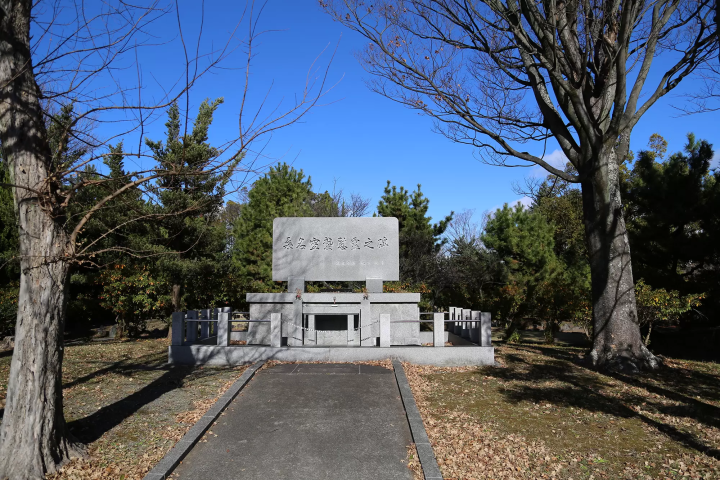
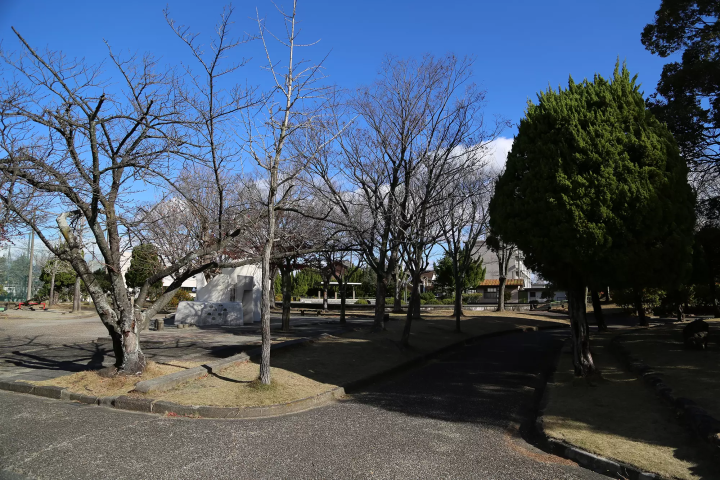
⑦ Go to Shichiri-no-Watari and think about the Tokaido
After leaving Kaizuka Park, we will return to the Edo period once again.
Let's head to the Shichiri no Watari ruins on the opposite bank of Kakinyasu Community Park.
The name "Shichiri no Watari" comes from the fact that the ship took a boat seven miles from Miya no Watari in Atsuta, which is now Nagoya City, Aichi Prefecture, and arrived at Kuwana Watashi, Mie Prefecture, by boat. It is called.
Currently, Atsuta is connected to Kuwana by National Route 1, but back then it was a sea route. They came by boat from Aichi, arrived here, and headed for Ise by land again.
At that time, it was a bustling town as the 42nd post town on the Tokaido. The large torii gate here is called ``the best torii gate in Ise country'' because it enters the Ise Route, and is rebuilt every time Ise Grand Shrine is relocated.
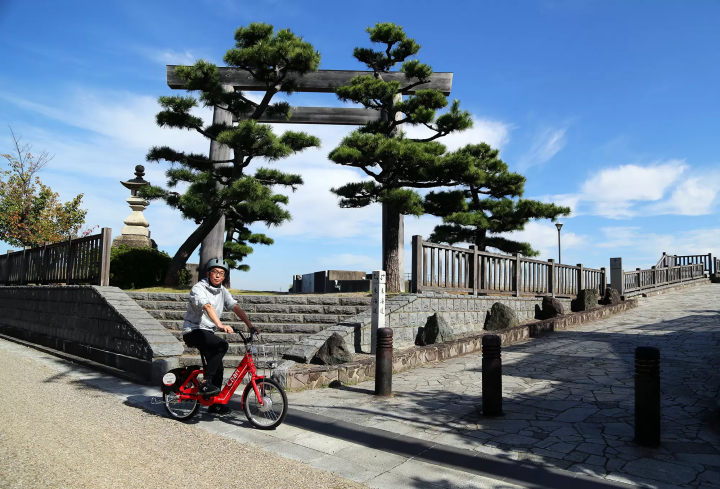
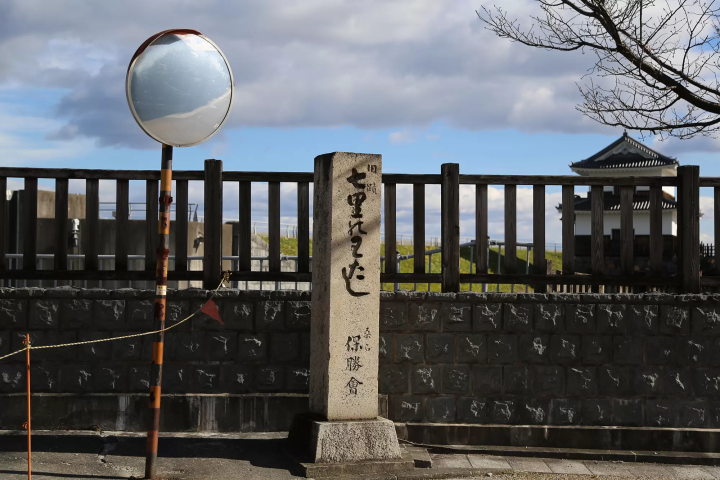

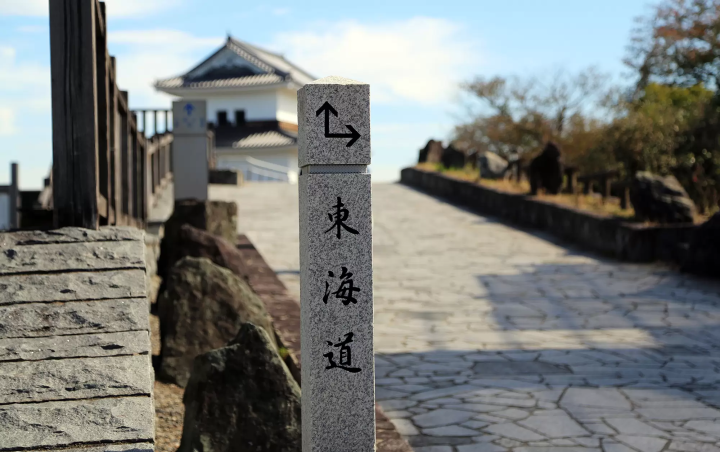
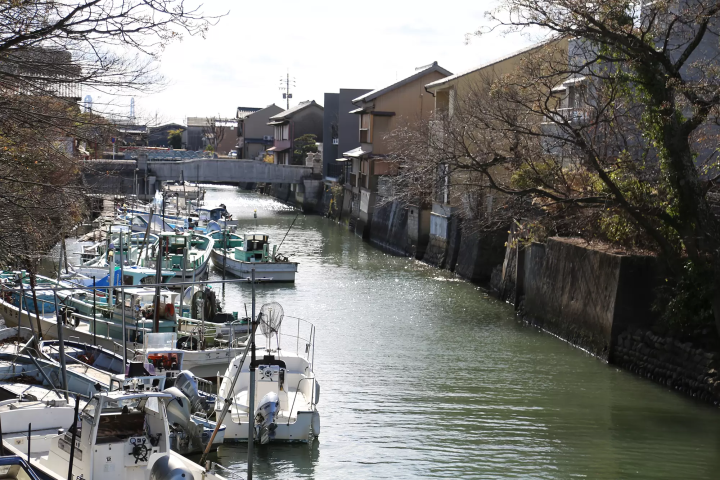
Near the Shichiri no Watari, there is Uta Andon Honten , which boasts a history of 145 years. We also recommend enjoying udon and clam dishes here. The city streets are well maintained and are a pleasant place to ride a bicycle.
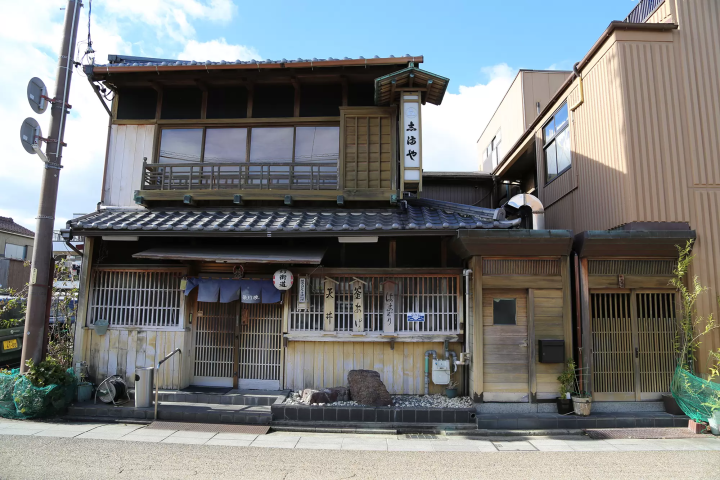
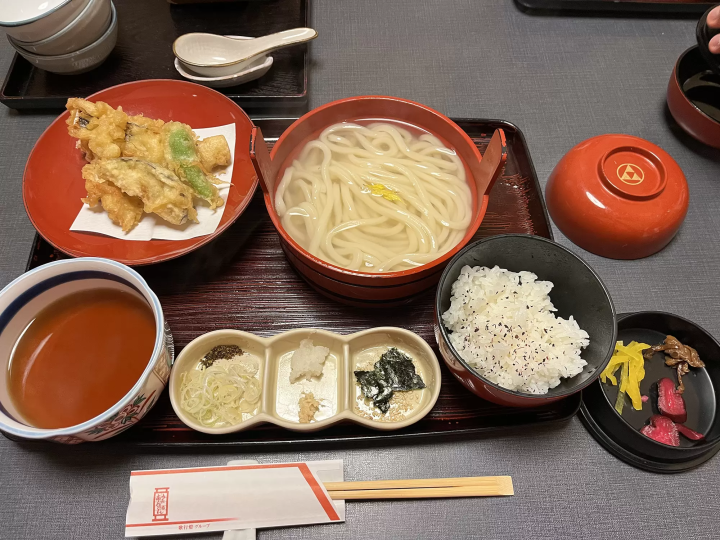
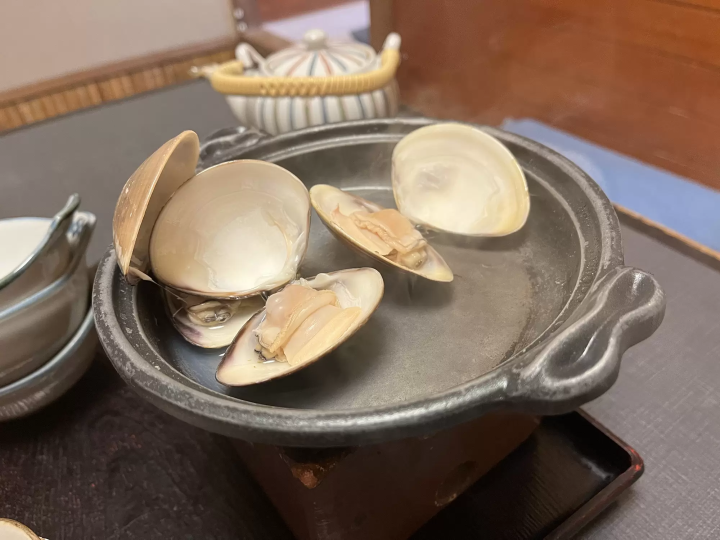
⑧At Rokkaen, we will take a look at the interaction between Britain and Japan in a different way.
Rokkaen is located near Shichiri no Watashi.
It has changed since the Edo period when it was known as Shichiri no Watari, and Rokkaen is a historical building where you can feel the Meiji and Taisho eras. This is the former Moroto Seiroku residence.
Rokkaen was designated as a national important cultural property in 1997 as a valuable cultural property, consisting of a Western-style building designed by Josiah Conder, a British architect famous for designing Rokumeikan, and a Japanese-style building with a strolling garden. designated as a property.
Additionally, the garden was designated as a national scenic spot in 2001.
You pay the entrance fee at the entrance to Rokkaen and go inside.
As you pass through the quiet and spacious passageway, you will immediately see a light blue Western-style building.
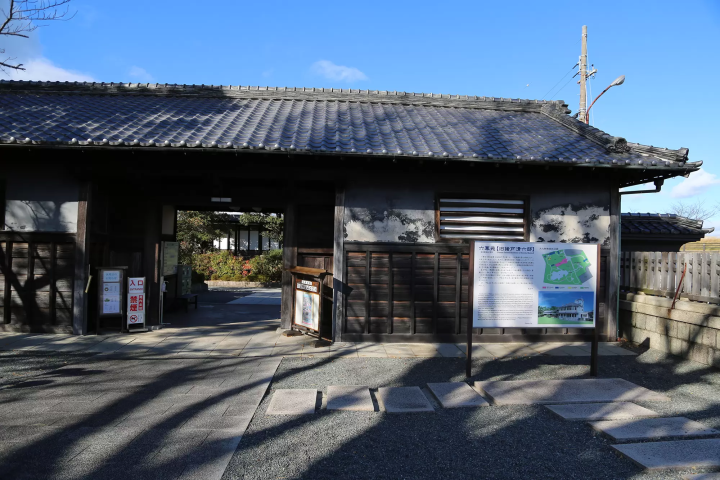

Although the Western-style building catches your eye, the entrance to this building is through the inner entrance building on the right, which has a Japanese atmosphere.
Once inside, you can go to either the Japanese or Western-style building.


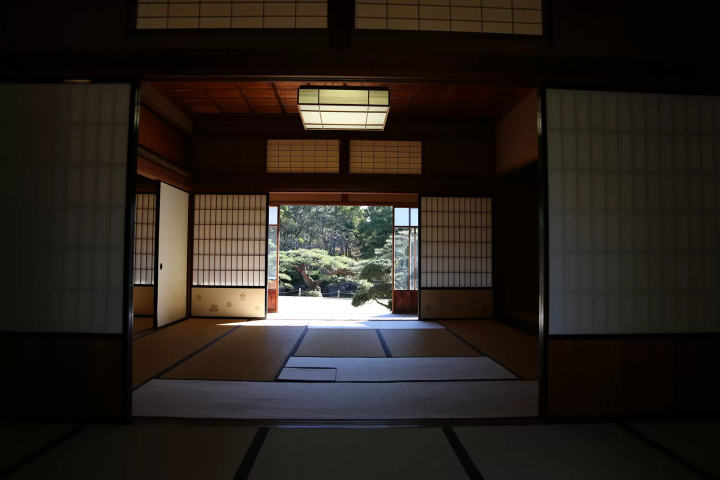
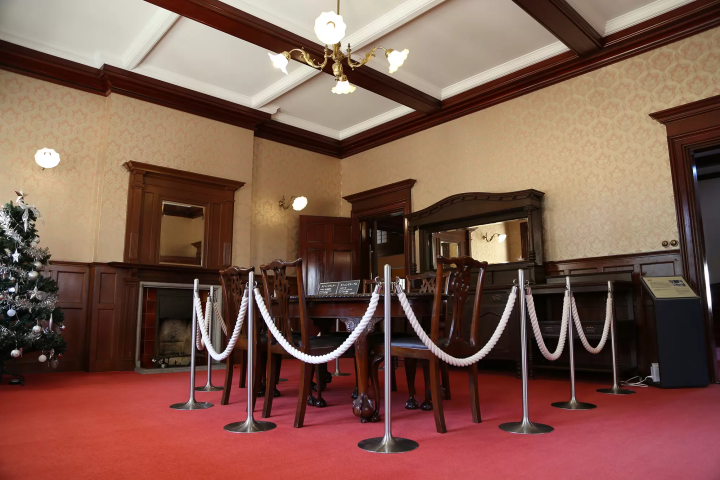
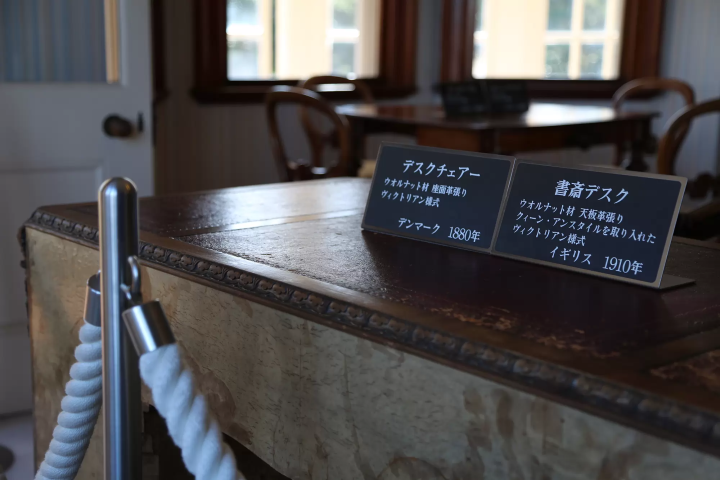


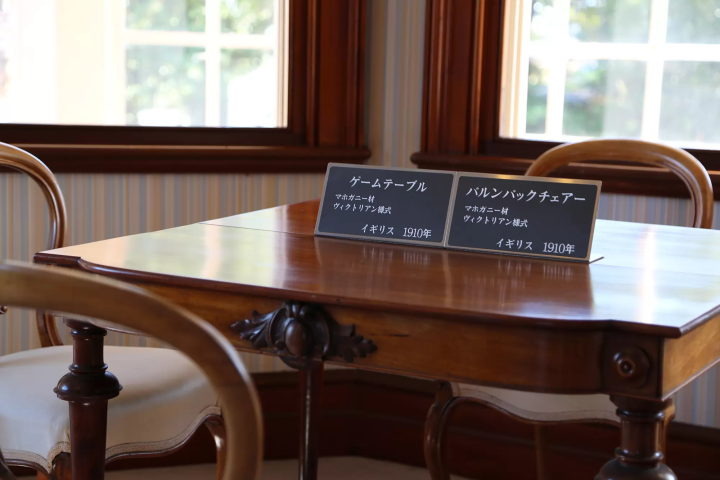

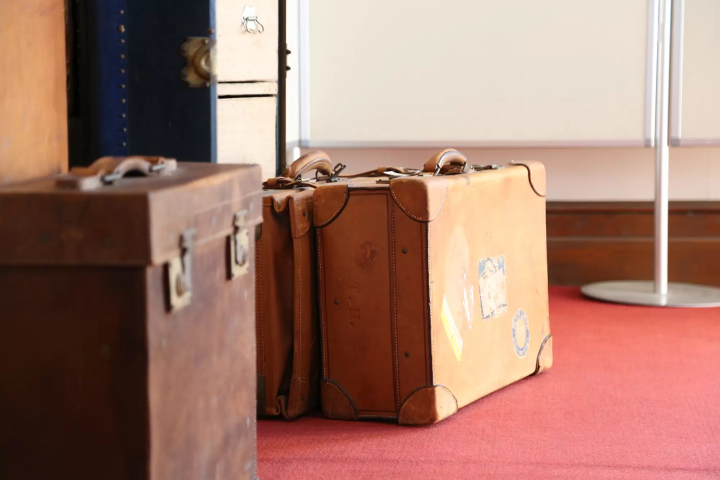

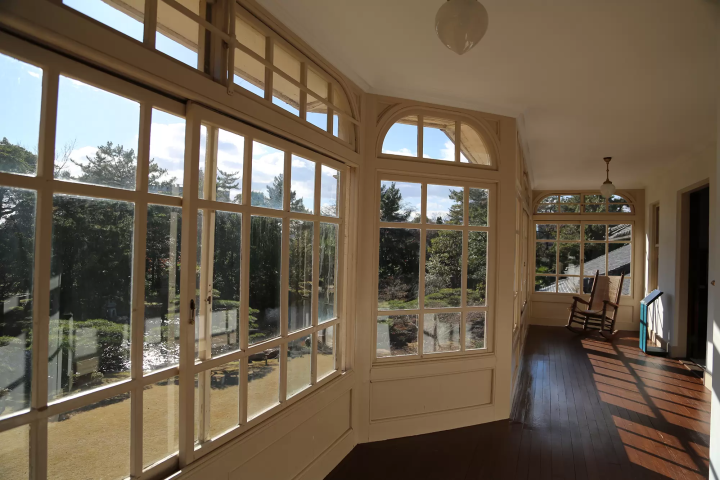

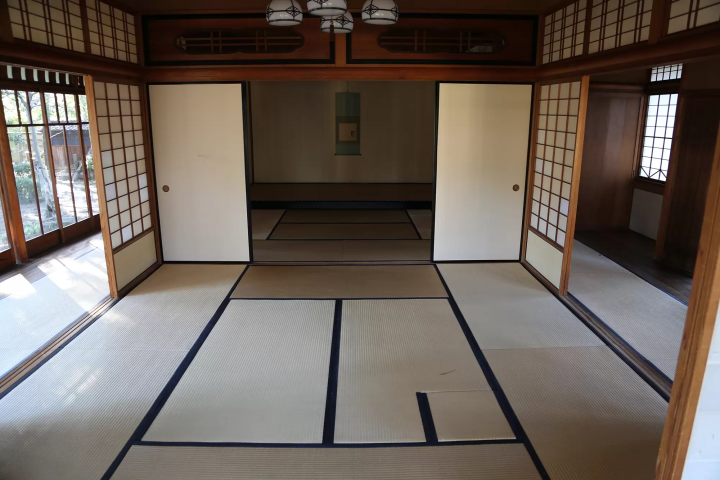
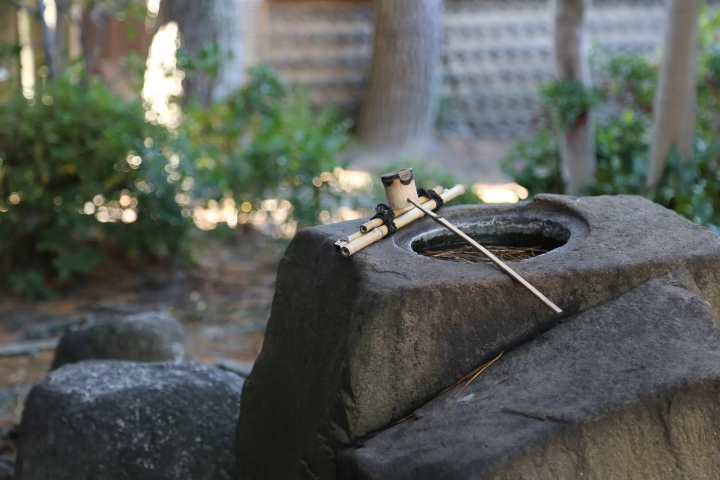
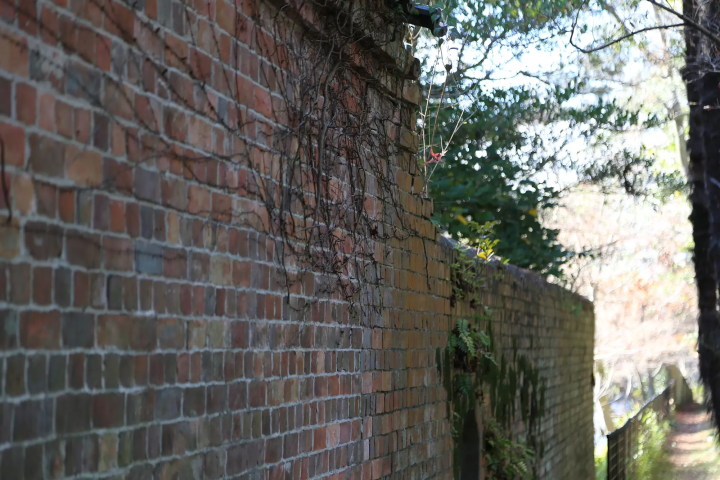
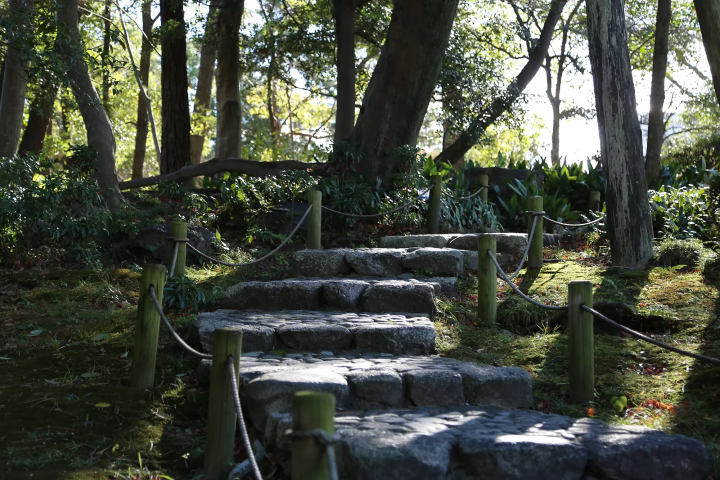
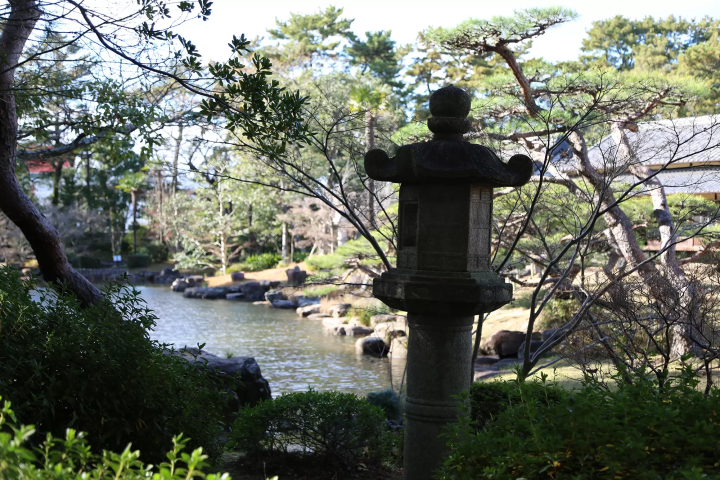
Once you have finished touring the Western-style building, Japanese-style building, annex, and Banzo building, head back to the inner entrance building.
A large number of Kuwana's 1,000 cranes, which are intangible cultural assets of Kuwana City, are displayed here and can be purchased.

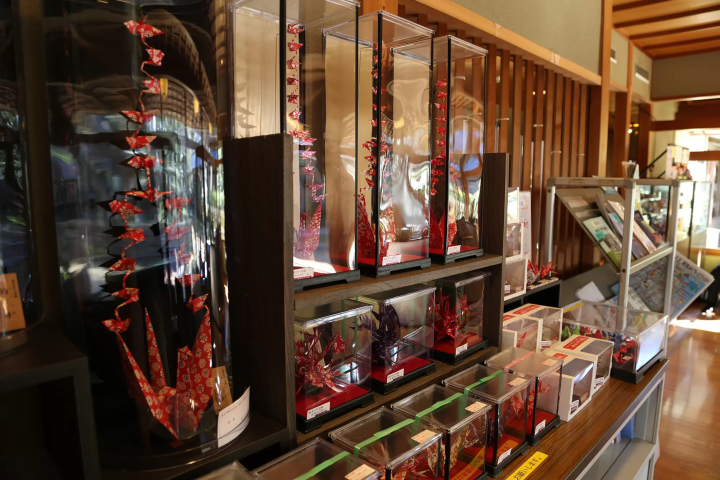

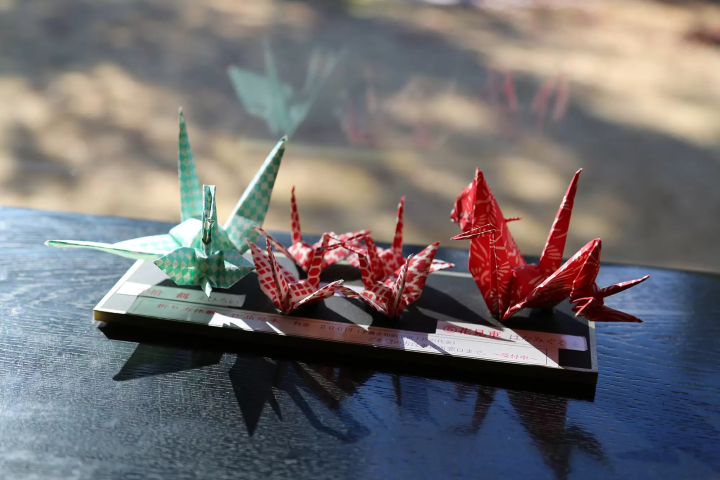
You'll have more fun than you imagined while experiencing Rokkaen and the Meiji and Taisho eras. There are many locations perfect for taking photos, so it's also highly recommended for travel SNS.
⑨"Ice Manju" break at Sumiyoshiura rest facility
Finally, let's head to Sumiyoshiura Rest Facility to do some shopping and eat some ice cream manju.
Ice Manju is a popsicle made of azuki beans coated in milk, and there are three famous stores in Kuwana City .
You can eat Maruman's ice cream manju at the Sumiyoshiura rest facility.
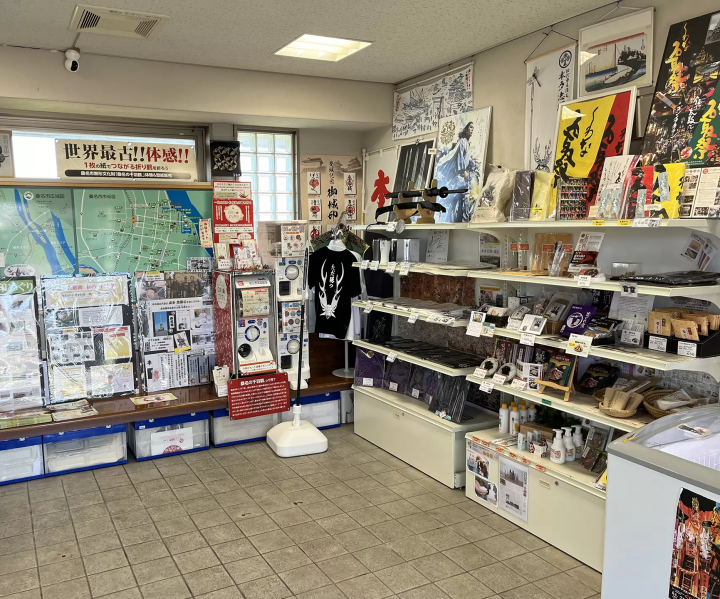

It might be fun to go on a tour of ice cream buns in the summer! Ice Manju feature article
I returned to Kuwana Station and that was it!
After taking a break for an ice cream bun, we returned from the Ibigawa area to Kuwana Station, completing the short trip.
The time will vary depending on the tour time and whether meals are included, but since the travel distance is short, you can combine the places you like and spend half a day to a full day.
By renting a bicycle and visiting each facility from the station, you can save time while enjoying the cityscape, atmosphere, and riverside atmosphere. You can enjoy new ways of enjoying things that you can't get by driving or walking.
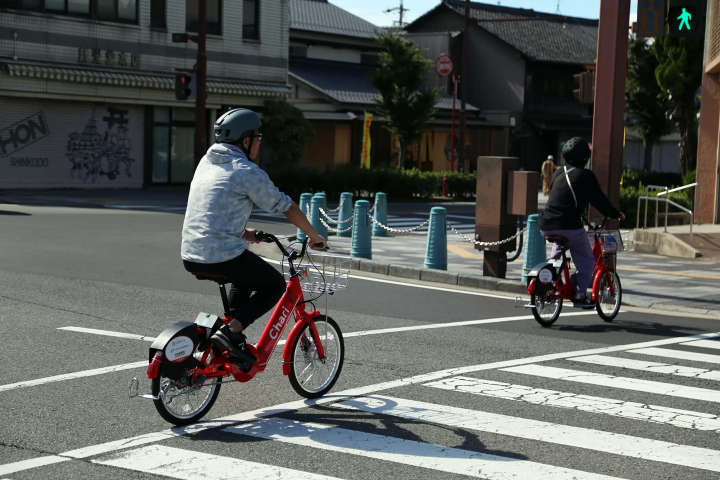
""Charichari"" is a bicycle sharing service that allows you to unlock a special red bicycle with a smartphone app and use it easily. Basic bicycles cost 7 yen per minute, and electric assist bicycles cost 17 yen per minute. We aim to provide an experience that allows you to ride whenever and wherever you want. The service began in Fukuoka in February 2018, and has grown to include approximately 3,000 bicycles and over 630 bicycle parking ports, with a cumulative total of over 16 million uses. In addition, the service will be expanded to Nagoya and the Tokyo area from 2020, and will begin in Kumamoto City in April 2022. With per-minute pricing and an easy-to-use app, our service is primarily used for everyday trips in each area.
The contents on this page may partially contain automatic translation.




























![[2026] Top 5 Strawberry Picking Spots in Tokushima, Naruto| Farms and Access Guide for January to May](https://resources.matcha-jp.com/resize/720x2000/2025/03/06-227165.webp)

